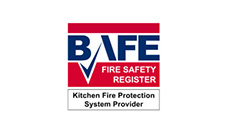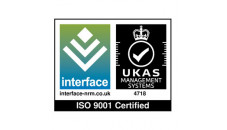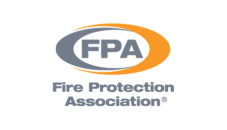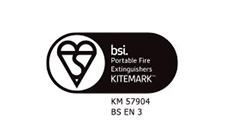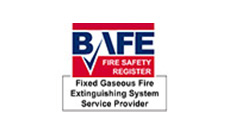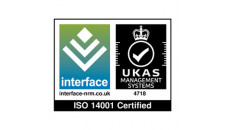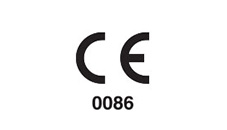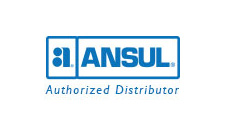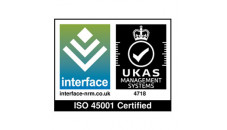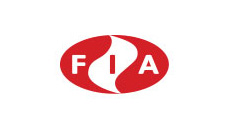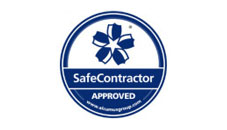Room Air Sealing
Room Integrity Testing is undertaken to ensure that on discharge, the extinguishing agent achieves the correct concentration and maintains it for a minimum retention time value, above a defined minimum protected height.
How Room Air Sealing works
As discussed in our Room Integrity Test section, a total flood suppression system’s retention time is influenced by the type of agent, the volume of the protected area, the height of protected equipment and the number, size and positions of leakage paths.
As a general rule of thumb, smaller rooms require a much better standard of sealing than larger rooms. This is because the total leakage is area related, whilst the extinguishant concentration is derived from volumetric relations. In general, the degree of sealing of the enclosure must be significantly better than ‘normal’ building practice. Considerable care needs to be taken in sealing all possible leakages.
Room construction techniques also has significance. Solid blockwork, concrete and the like are found to give inherently better results than lightweight, plasterboard-type designs, although bear in mind that blockwork, untreated and unsealed can, and potentially will, leak.
Another unfavourable, are designs where partitions run between suspended ceilings and raised floors rather than slab to slab. The subsequent compartmentation outside of floor and ceiling voids presents many difficulties.
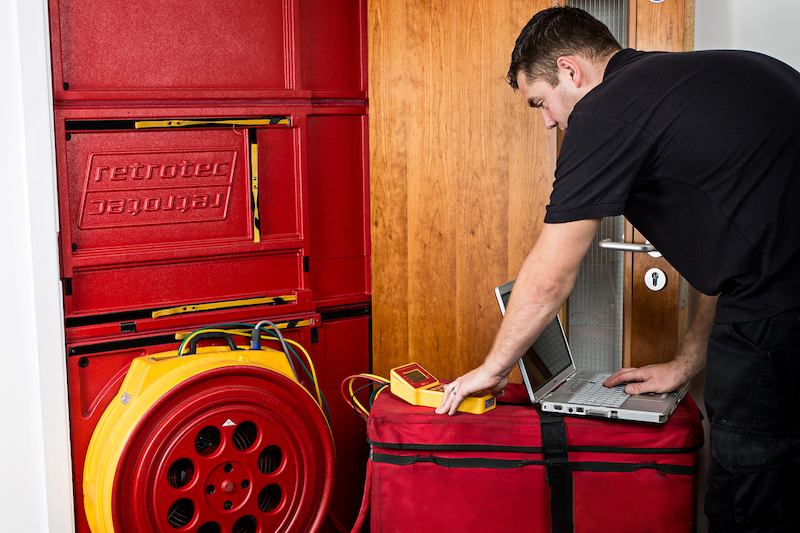
Air Sealing for Total Flood Systems
Constructional Joints
Constructional joints are another feature that require sealing. This may include board joints and the junctions between wall and floor elements. Any profiles in ceilings/walls should be sealed at the junction with adjacent walls/ceilings. Even small open profiles will pose a leakage problem if there are many of them.
Door Sets
Door sets should incorporate flexible ‘smoke’ seals and frames should be backfilled or mastic sealed. Rolling shutters and louvered doors are a major leakage problem and should, if possible, be avoided. If drop curtains are used to reduce leakage through these types of items, it is important that they run in channel guides to reduce edge leakage and unwanted displacement.
Air Supply and Extract
Air supply and extract ducting will usually be dampened and shut electronically prior to an extinguishant discharge. There will inevitably be some leakage past any louvered dampers. Whilst this will not normally pose a problem, it will become significant in enclosures where there are extensive areas of dampers in relation to the enclosure size. Under these circumstances, it should be ensured that the dampers are well adjusted to minimise leakage or be of a sealing-blade type.
Thought should also be given to other penetrating elements. Cable ducts may be well sealed externally but are likely to provide a leakage path unless sealed internally at the point of penetration. Finally, it should be remembered that some leakage is not only inevitable, but necessary to help relieve initial over and under-pressures within the protected area.
As we have seen, successful sealing can only be determined through the results of Room Integrity Testing and it is highly recommended that a Company specializing in Air-Sealing works is used in critical system sealing works.
Why is Room Air Sealing necessary?
The largest proportion of leaks occur at the position of service penetrations. Cabling is often a reoccurring problem. Ideally, penetrations should be via a proprietary sealing system. Particular attention must be made to gaps in-between cable cores within bunched cables, not just around the outer circumference.
It should be mentioned here that mineral wool itself is not impervious to gas, even when compressed. Whilst tight packing will reduce leakage, it is much better to seal the surface by means of mastic sealant or foil tape. There are semi-compressible, intumescent faced mineral boards available that are well suited to this purpose.
In-situ foam is widely used as it is frequently seen to be a simple sealing method, expanding as it does to fill the gap. There are however a couple of problems associated with this. Firstly, it has a tendency not to adhere to all surfaces so, what might superficially seem to be a good seal has, when examined closely, a significant leakage path running around it. Secondly, some of these products become porous once the outer ‘crust’ gets broken away and the seal fails.
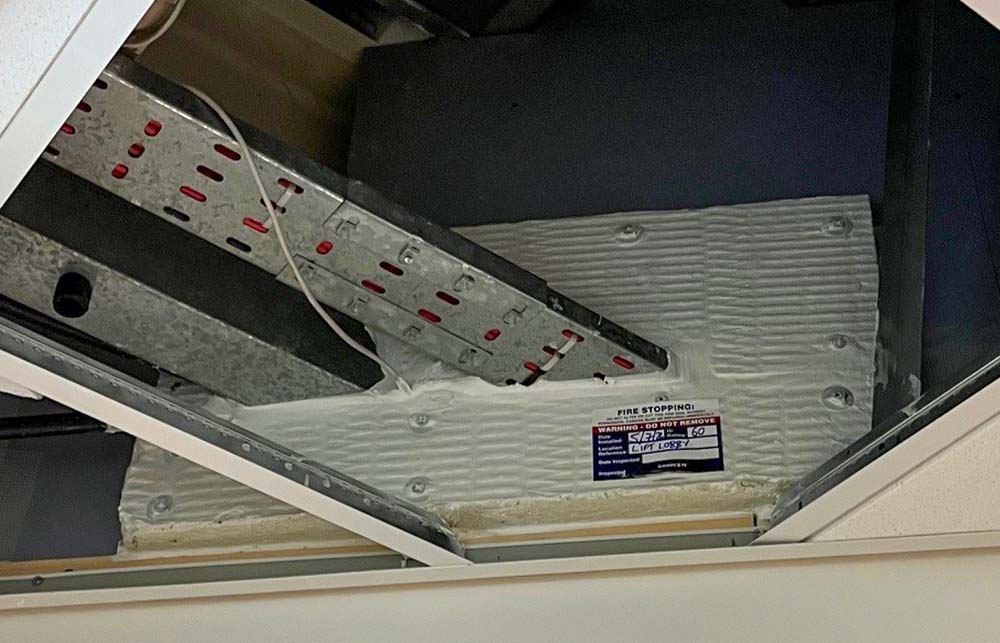
Here To Help
Cannon Fire works in partnership with a number of specialist Sealing Contractors and can advise you on possible courses of action within problem areas or help with general sealing enquiries.

Request A Quote
Have a project or portfolio that you would like to work with us on? Get in touch and a member of our team will be in touch very shortly..
Our two head offices are based in Birmingham and Ollerton with fully qualified, experienced engineers spread throughout the UK allowing Cannon Fire to operate nationwide.
Call Us: 01623 860685
Email Us: [email protected]
CONTACT DETAILS
Trading Offices
Unit 1 Sherwood Network Centre, Ollerton, NG22 9FD
Unit C, 37a Parkfield Road, Coleshill,
Birmingham, B46 3LD
OUR KEY SERVICES
Copyright © Cannon 2024 All rights Reserved
